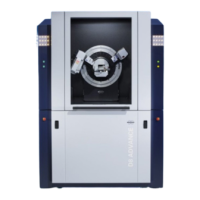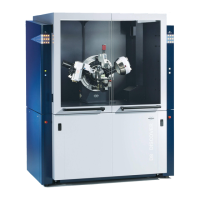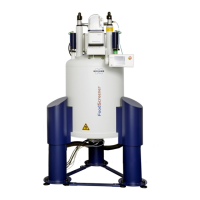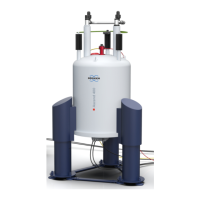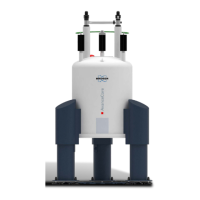3.1 Hardware System Components QUANTAX EDS
15
3.1 Hardware System Components
EDS system parts
XFlash
®
energy dispersive X-ray
detector (s)
Signal processing unit
Interface and EM control
QUANTAX server computer
Optional client workstations
ESPRIT 2 software package
System components of QUANTAX comprise the X-
ray detector, interface hardware, one or more
computers, and several software modules. All parts
are selected for performance and trouble free
interaction. Exchanging any part of the QUANTAX
system with non-approved items (e.g. user
computers) may impair the functionality.
XFlash
®
Energy
Dispersive
X-ray Detectors
Single photon counting. Energy dispersive X-
spectrometers take advantage of the pho
ray range the energy of a single
photon is just sufficient to produce a measurable
voltage pulse at the output of an ultra-
low noise
preamplifier connected to the semiconductor
detector crystal. The individual pulse heights ar
e a
statistical measure of the corresponding quantum
energy. By digitally recording and counting a great
number of such pulses within a so-called multi-
channel analyzer (MCA), a complete image of the X-
ray spectrum is built up almost simultaneously. This
digital quantum counting technique makes the
energy dispersive spectrometry extremely reliable.
Bruker XFlash
Detector. The Bruker XFlash
®
detector is an energy dispersive X-
ray detector that
works according to the principle of the silicon drift
It uses a special arrangement of drift
electrodes and active components on the detector
crystal chip to raise the signal strength to a level that
can be measured even at room temperature.
XFlash
®
detectors are maintenance-
lightweight, completely vibration free, and do no
The signal processing unit is the heart
of the
spectrometer electronics. Different auxiliary utilities,
like signal inspectors and count rate meters are
incorporated in the signal processing
unit, as well as
all the necessary supply and operational circuits. The
data interface connects the spec
